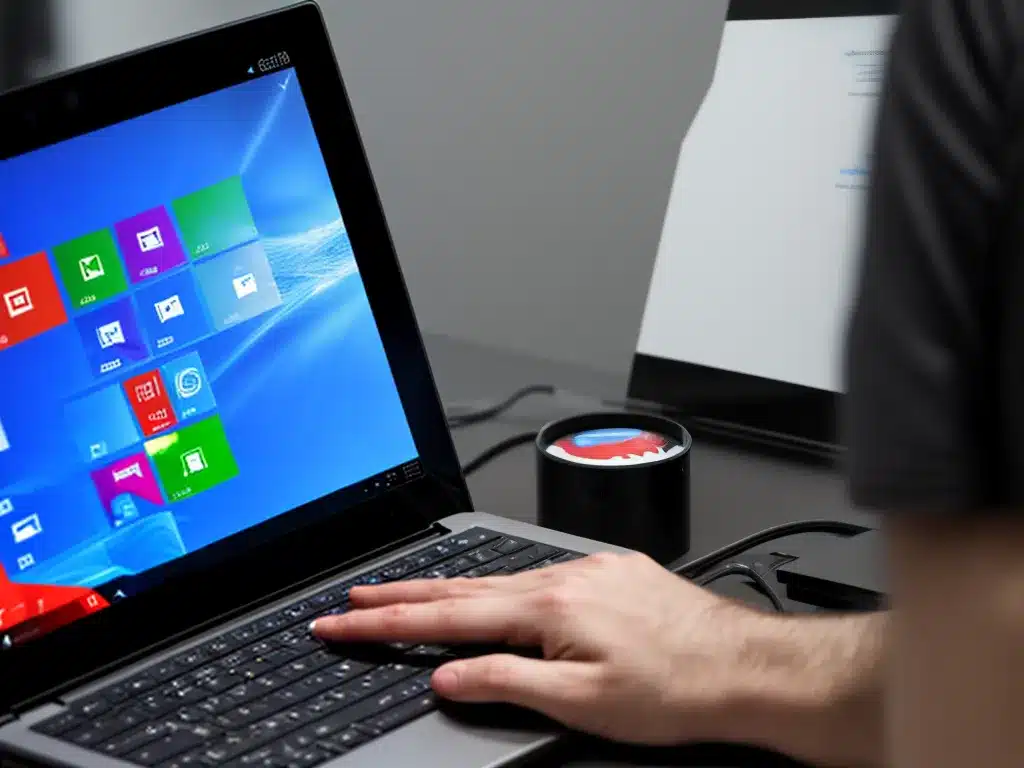
Having a functional and up-to-date Windows PC is important for security, performance, and access to the latest features. However, many users encounter frustrating errors when trying to install Windows updates. In this comprehensive guide, I will walk through the most common Windows update errors and provide fixes to get your PC patched and running smoothly.
Understanding Windows Update Issues
Microsoft regularly releases software updates for Windows to address bugs, security flaws, and add new functionality. Windows Update is the built-in system that downloads and installs these updates automatically in the background.
Problems can arise during the Windows Update process that prevent proper installation of updates. These errors commonly include:
-
Update stuck in a loop: The update gets stuck in an endless loop of downloading and failing to install.
-
Error 0x80070002: Indicates a problem connecting to the Windows Update servers.
-
Error 0x80070020: Suggests an issue with Windows system files or storage drive corruption.
-
Error 0x800F0988: Points to a conflict with antivirus or firewall software on your PC.
-
Error 0x80240034: Happens when system files are incorrectly configured or damaged.
Understanding the specifics of an error code can help diagnose the underlying problem.
Troubleshooting Steps to Fix Windows Update Issues
Here are some key troubleshooting steps to identify and resolve Windows update failures:
Check Windows Update Settings
-
Open Windows Update settings and confirm the ‘Automatic updates’ option is enabled. Disabling this can prevent updates from installing.
-
Make sure you have the option selected to receive updates for other Microsoft products like Office. Important security updates may be missed otherwise.
-
Under Advanced options, enable ‘Give me updates for other Microsoft products when I update Windows’ if disabled.
Run Windows Update Troubleshooter
-
Access Settings > Update & Security > Troubleshoot.
-
Run the Windows Update troubleshooter and follow the prompts. This can automatically detect and resolve many common update issues.
Restart Windows Update Services
Press Windows + R to open the Run dialog box. Type services.msc and press Enter. Locate and restart the following services:
- Background Intelligent Transfer Service (BITS)
- Windows Update
- Cryptographic Services
Restarting these critical background services can clear any stuck instances of Windows Update.
Temporarily Disable Security Software
Antivirus, firewalls, and other security products can sometimes block or conflict with Windows Updates.
Temporarily disabling security software can determine if this is causing a conflict. Make sure to re-enable security software after troubleshooting.
Reset Windows Update Components
Press Windows + R and type cmd to open the command prompt. Run the following commands (press Enter after each):
net stop wuauserv
net stop cryptSvc
net stop bits
net stop msiserver
This stops the Windows Update services. Then run:
ren C:\Windows\SoftwareDistribution SoftwareDistribution.old
ren C:\Windows\System32\catroot2 catroot2.old
This renames the Windows Update folders. Finally run:
net start wuauserv
net start cryptSvc
net start bits
net start msiserver
To restart Windows Update components. This can resolve corrupted files or system conflicts.
Uninstall Recent Problematic Updates
Press Windows + R and type appwiz.cpl and press Enter. Open Programs and Features -> View installed updates. Locate and uninstall any recently installed updates. Restart and check if Windows Update now works. You can later reinstall problematic updates individually.
Repair System Files
Corrupted system files can prevent successful installation of updates.
Press Windows + R and type sfc /scannow to run System File Checker. This scans Windows files and can repair corrupted files.
Reset Windows Update Store
Press Windows + R and type wsreset.exe and press Enter. This clears the Windows Update store which may have been corrupted.
Clean Boot Windows
Restart your PC and immediately start pressing F8 until the Advanced Boot Options menu appears. Select Safe Boot.
This will boot Windows with only the bare essential drivers and services. Try running Windows update in this Clean Boot state. If it now works, a third party driver or software is likely causing the conflict.
By methodically applying these troubleshooting techniques, you should be able to resolve most Windows update errors and keep your system patched and secured.












